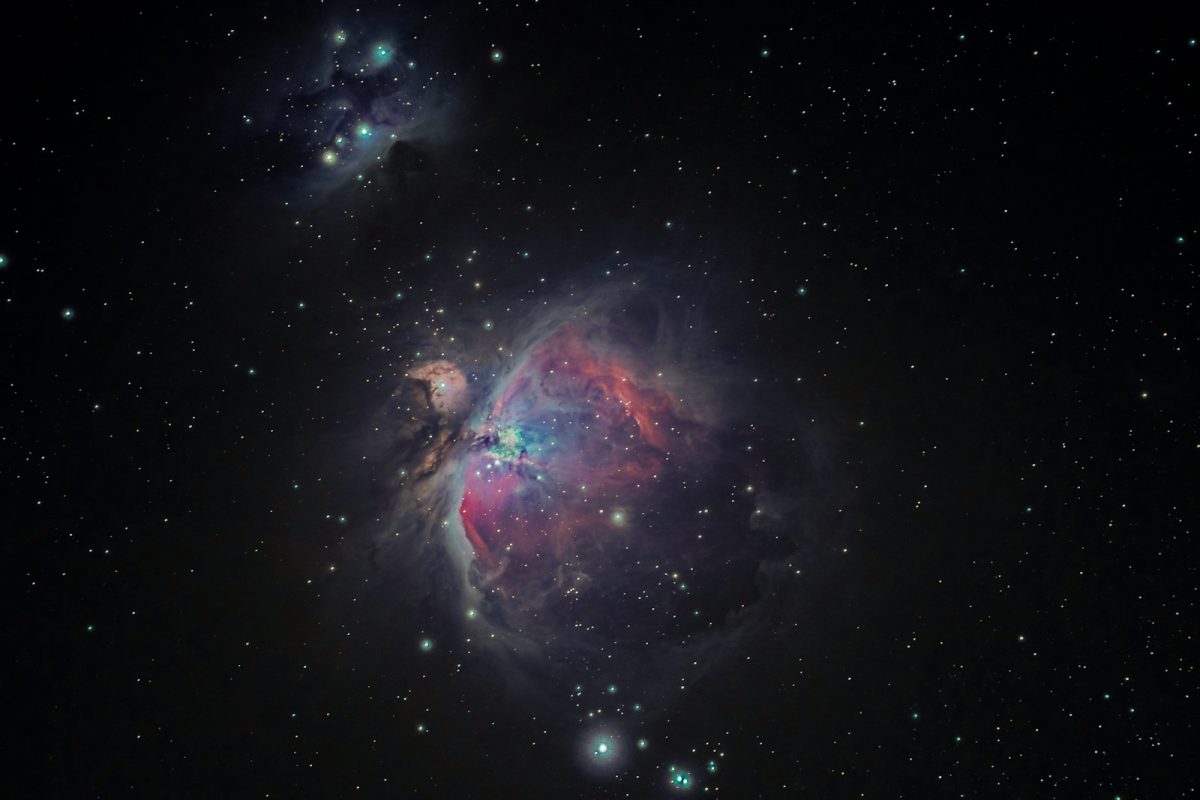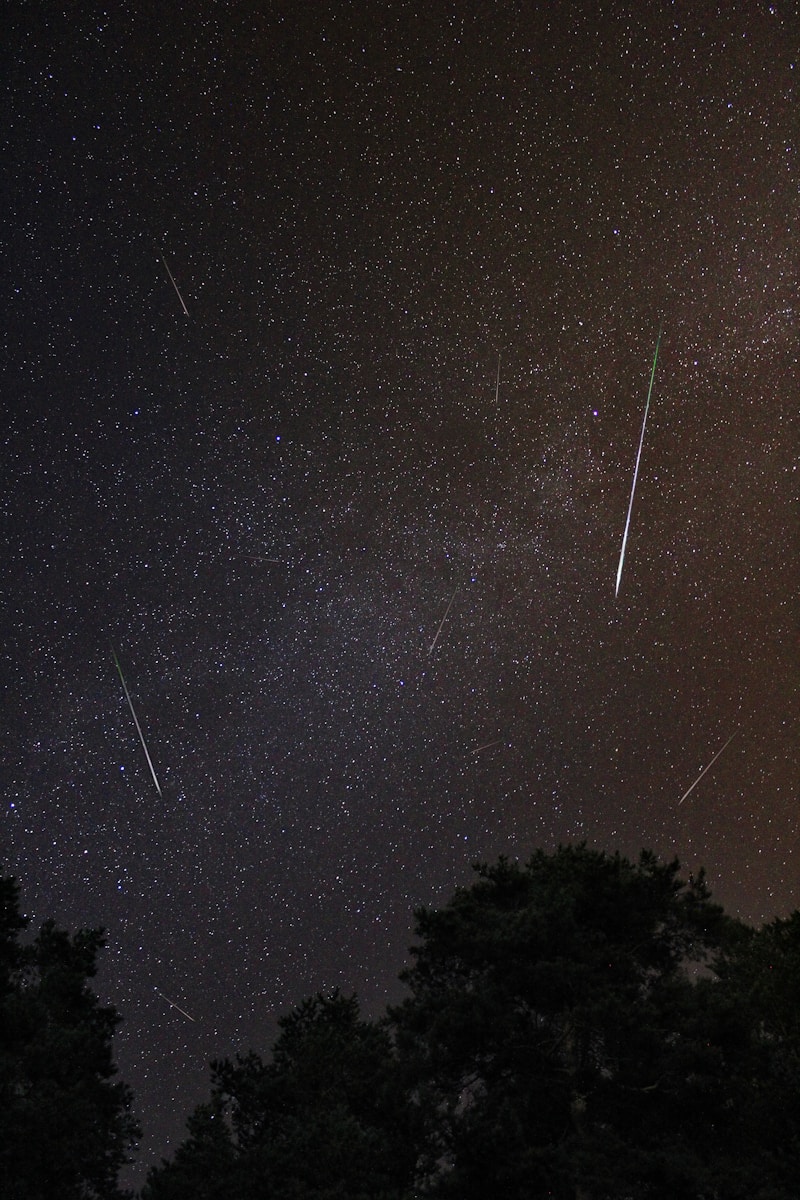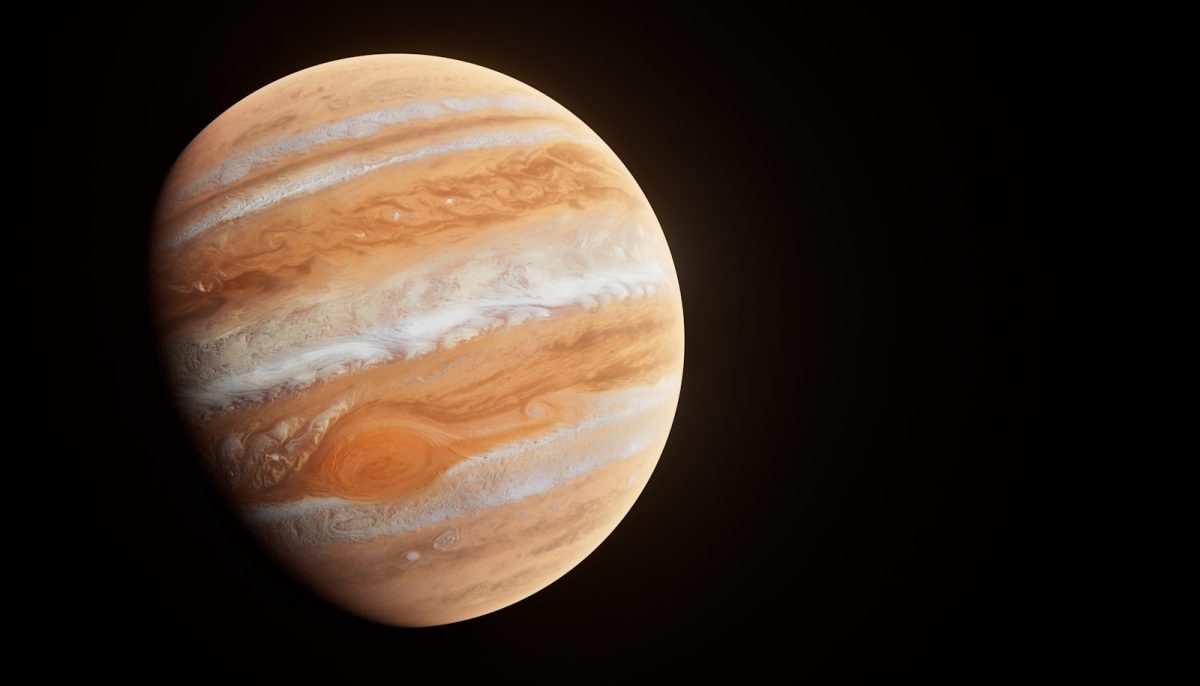For decades, this explanation has supported the existence of the hypothetical dark matter. However, a new study says that gravity can exist even without mass, potentially getting rid of the need for dark matter altogether. This one-of-a-kind theory “is in turn driven by my frustration with the status quo, namely the notion of dark matter’s existence despite the lack of any direct evidence for a whole century,” Richard Lieu, study author and a distinguished professor of physics and astronomy at the University of Alabama in Huntsville said.
Topological defects can also give rise to gravity
According to Lieu, the gravity needed to hold some galaxies or clusters together might come from “shell-like topological defects.” Topological defects are unique compact structures in space that have a high density of matter. Such defects likely first occurred in the early universe during phase transition — an event during which matter throughout the universe goes through a major physical change. These defects might appear as long, linear formations called cosmic strings, or as flat, shell-like shapes.“The shells in my paper consist of a thin inner layer of positive mass and a thin outer layer of negative mass; the total mass of both layers — which is all one could measure, mass-wise — is exactly zero, but when a star lies on this shell it experiences a large gravitational force pulling it towards the center of the shell,” Lieu explained. It is somewhat similar to how photons, which themselves do not have mass, still experience gravity due to the presence of big astronomical entities. This is because when gravity warps space and time, it interacts with everything within the curvature whether it has mass or not.
The illusion of dark matter
When light passes through a massive astronomical object, instead of going straight, it bends as it moves along the spacetime curvature. This phenomenon is called gravitational bending, and it also serves as indirect evidence for the existence of mass and the influence of gravity on an object as described by general relativity. To this date, whenever gravitational bending is observed in the case of a galaxy or galactic clusters, but there is no visible mass — scientists simply assume that it is the invisible dark matter that caused the bending. However, according to Lieu, what happens is that the galaxies and clusters whose mass is not visible comprise a series of shell-like topological defects. As light passes through each shell, it gets slightly pulled inward toward the center of these structures. light travels through multiple shells, the combined effect causes a noticeable bend, which looks similar to the effect of a large amount of dark matter, just like how the speed of stars in orbit appears to be affected by dark matter. However, according to the current study, there is no dark matter and the gravitational bending is entirely the result of the topological defects.






